Getting around Saudi Arabia? Transport Tips for Tourists
Until a few years ago, Saudi Arabia wasn’t really on most people’s travel radar. Tourism was limited, rules were strict, and it just felt like one of those places that wasn’t open for exploring freely. But that’s changed, big time.
Since the country opened up for international tourism in 2019, more travelers (like me!) have been discovering its stunning landscapes, historic cities, and warm hospitality. But one thing I quickly realized while planning my trip was this: figuring out how to get around Saudi Arabia isn’t as straightforward as it is in some other places.
So if you’re wondering how to move between cities, whether you need to rent a car, or if Uber even works there, this post is for you. I’ll walk you through every way to travel in Saudi Arabia, from domestic flights and metros to buses, trains, and taxis. All based on real experience, no fluff.
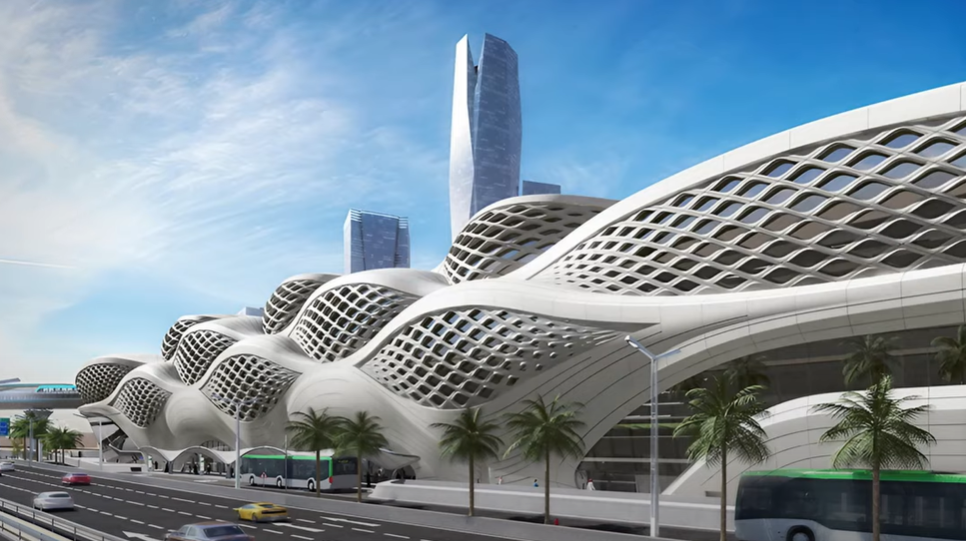
Entering Saudi Arabia : What to Know Before You Travel?
Before you even think about getting around Saudi Arabia, let’s talk about how you’ll arrive.
Most travelers fly into one of the three major international airports:
- King Khalid International Airport (RUH) – Riyadh
- King Abdulaziz International Airport (JED) – Jeddah
- Prince Mohammed Bin Abdulaziz International Airport (MED) – Madinah
These airports are modern, clean, and well-connected to their cities by taxis, Uber, and in some cases, public transport. Arriving felt smooth and organized, I cleared immigration faster than I expected.
As for airlines, Saudi Arabia is well connected by both international and domestic carriers. Saudia (the national airline) offers long-haul flights from Europe, Asia, and the U.S. For regional and domestic travel, flynas and Flyadeal are popular low-cost options with good service and affordable fares. I used flynas between Riyadh and Jeddah, and it was quick, clean, and super convenient.
Thanks to Saudi’s new tourism push, getting a Saudi eVisa is also easy. You can apply online, and in most cases, get approval within a day or two. It’s valid for multiple entries and lets you stay up to 90 days. Just make sure your passport is valid for at least six months. For those who require Saudi Arabia Visa, here the link to official website.
And don’t forget an eSIM or SIM card at the airport. I picked mine up right after landing—it gave me instant access to Google Maps, Uber, and translation apps, which made getting around way easier. STC, Mobily, and Zain are the major providers, and their data plans are affordable.

Is It Easy to Get Around Saudi Arabia as a Tourist?
Getting around Saudi Arabia might seem intimidating at first, especially if it’s your first time visiting. For years, the country wasn’t really set up for casual tourism, so the transport options were mostly focused on business travel and local life.
But now that tourism is growing fast, things are changing quickly. Major cities like Riyadh, Jeddah, and Madinah have improved their infrastructure, launched modern transport systems, and made it easier for visitors to move around. Public transport in Saudi Arabia is still developing, but you’ll find a growing number of options—some modern, some traditional.
If you’re flexible and know what to expect, transportation in Saudi Arabia is absolutely manageable. Whether you’re planning a road trip or want to stick to metros and taxis, you’ve got choices.
What’s Changed Since Tourism Opened?
Before 2019, getting around as a tourist often meant having a local contact—or traveling with a group. Independent travel wasn’t encouraged, and there weren’t many resources available in English. But now, travel tips for Saudi Arabia are everywhere, and apps like Uber, Google Maps, and Careem make life much easier.
Even signs in airports, stations, and highways are now in both Arabic and English, so you won’t feel lost. The tourism push also means more flight connections, better roads, and more organized services for travelers.
Things to Keep in Mind Before You Travel
Here are a few things I wish I knew before I arrived:
- Cities are far apart, so you’ll need to plan ahead if visiting more than one
- Public transport exists, but it’s limited outside the main cities
- Apps are your best friend (Google Maps, Uber, Careem, Jeeny, etc.)
- Taxis don’t always use meters, so it’s better to stick with apps
- Dress modestly and be respectful in public spaces—even in taxis and trains. If you are curious about what to wear in Saudi Arabia, this guide is for you
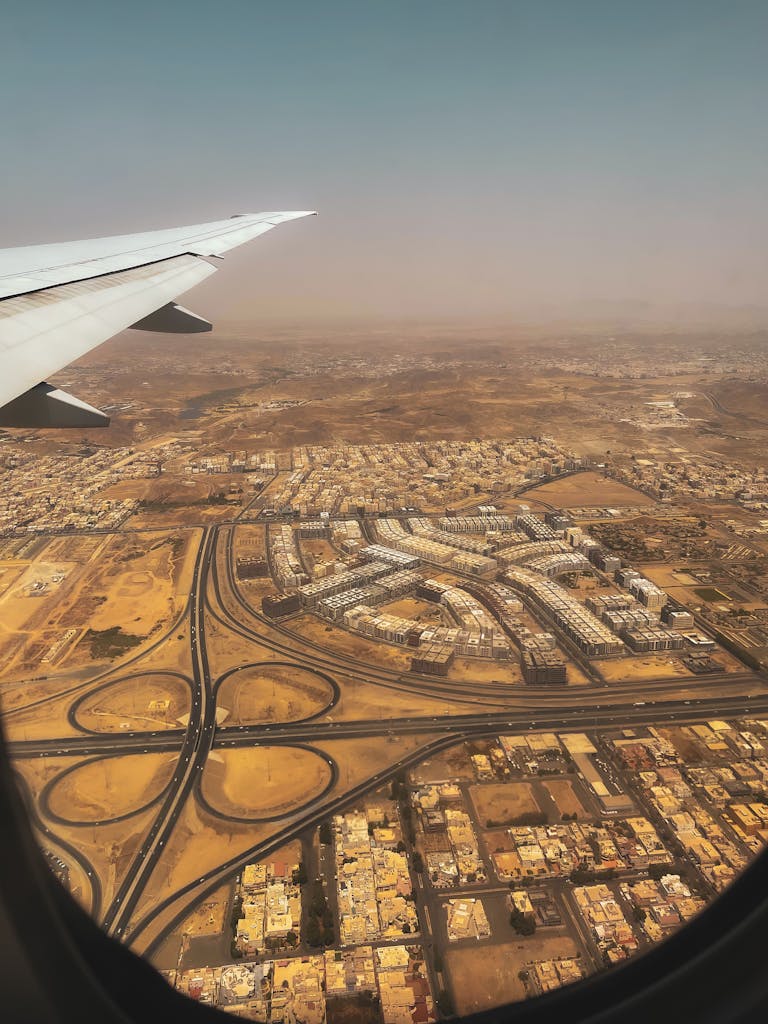
Domestic Flights: The Fastest Way to Travel Long Distances
Saudi Arabia is a big country. Driving from Riyadh to Jeddah, for example, takes nearly 10 hours, but flying? Just under 2. That’s why domestic flights are one of the most popular ways of getting around Saudi Arabia, especially if you’re short on time.
Popular Flight Routes
The main airlines, Saudia, flynas, and Flyadeal, cover most major cities and even some smaller ones. I personally used Flyadeal for a quick Riyadh to Abha flight, and it was affordable, clean, and on time.
Here are some common and useful routes:
- Riyadh ↔ Jeddah (multiple flights daily)
- Jeddah ↔ Madinah
- Riyadh ↔ Abha
- Jeddah ↔ AlUla
- Riyadh ↔ Dammam
Flights run frequently and tickets can be booked online using local or international cards. I recommend booking at least a week ahead for better prices.
How to Book Cheap Domestic Flights?
If you’re planning your Saudi trip in advance, keep an eye on:
- flyadeal.com – Great for budget travel
- flynas.com – More route variety
- Saudia.com – Best for slightly upscale comfort and free baggage
Tip: Tuesday mornings are often cheapest for booking flights. You can also use travel platforms like Skyscanner or Almosafer (a Saudi booking app) to compare deals.
Domestic airports are modern and organized. Most have English signage, prayer rooms, and even decent coffee shops while you wait.
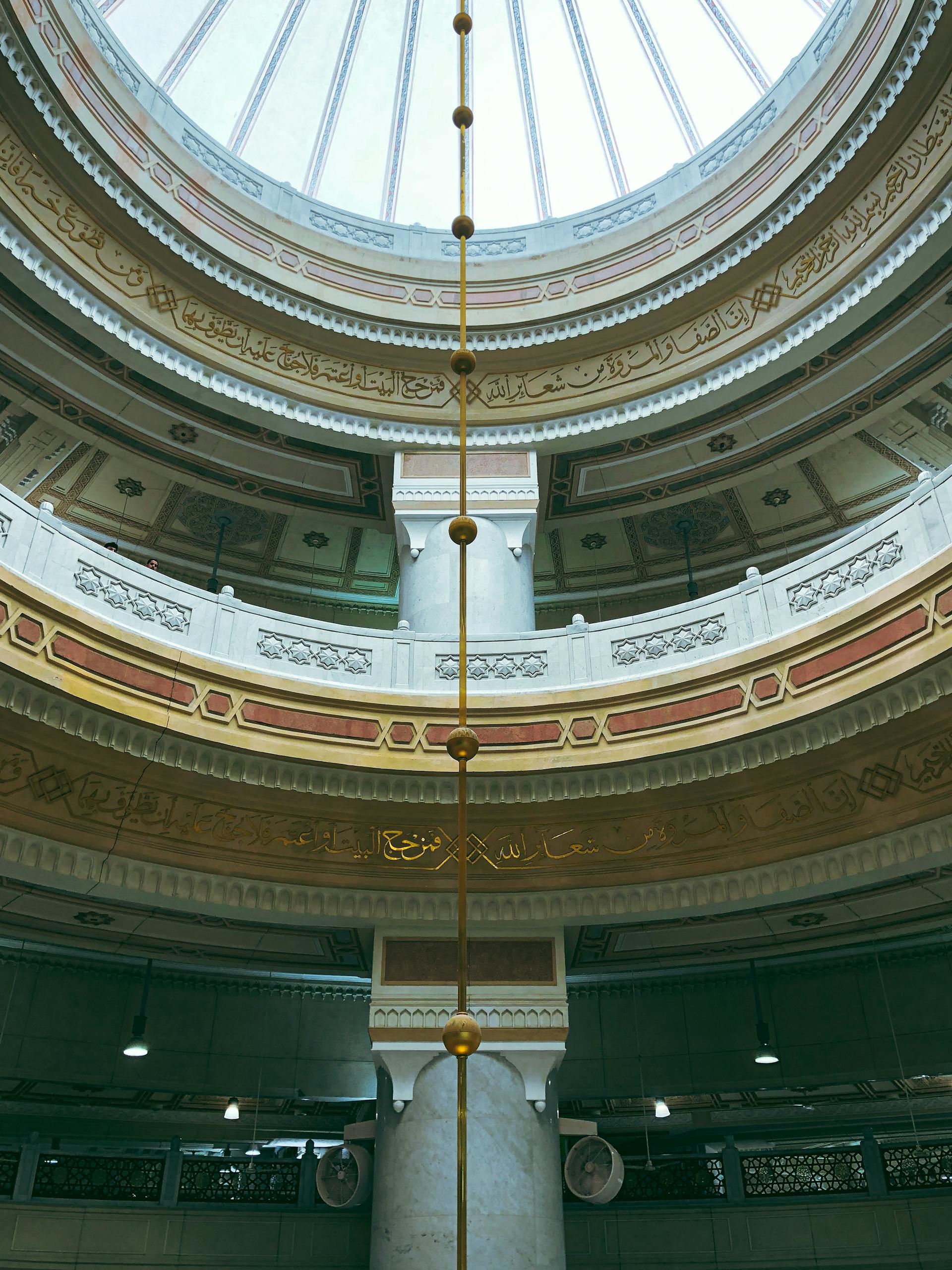
Driving in Saudi Arabia: Rent a Car for Full Freedom
If you want to explore Saudi Arabia on your own schedule, renting a car is hands down one of the best options. While flights are great for long distances, driving gives you the freedom to stop in small towns, explore hidden spots, and truly feel the country.
During my trip, I rented a car in Riyadh and drove all the way to AlUla, passing sand dunes, mountain ranges, and stretches of road that felt like a desert movie scene. And yes, roads in Saudi Arabia are surprisingly well-maintained.
Road Conditions & Highway Culture
The major highways in Saudi Arabia are smooth, clearly marked, and have gas stations with rest areas almost every 50–100 km. You’ll often see camels on the side of the road—so keep your camera ready!
Speed limits can change quickly, and speed cameras are everywhere. So drive carefully, and follow signs even if the road feels empty.
Locals drive fast, and sometimes a bit aggressively. It’s totally manageable, but if you’re not used to highway driving, take it slow and stick to daylight travel.
Can Tourists Drive in Saudi Arabia?
Yes! Tourists can drive using:
- An International Driving Permit (IDP) along with your home country’s license
- Or just your local license if it’s from the U.S., U.K., EU, Canada, or GCC countries
Women can also drive freely now, which is a big shift from just a few years ago.
Just make sure your rental agreement includes insurance, and always keep a copy of your license and IDP handy in the car.
Renting a Car – What to Know
You’ll find rental services at all major airports and city centers. Some well-known companies operating in Saudi Arabia include:
- Budget Saudi
- Sixt
- Avis
- Theeb Rent a Car (a local option with good prices)
You can book online in advance, and most places accept international credit cards. The price ranges from SAR 100–250 per day depending on the car type.
Pro tip: Choose a car with GPS and good AC—desert driving can get hot even in cooler months.
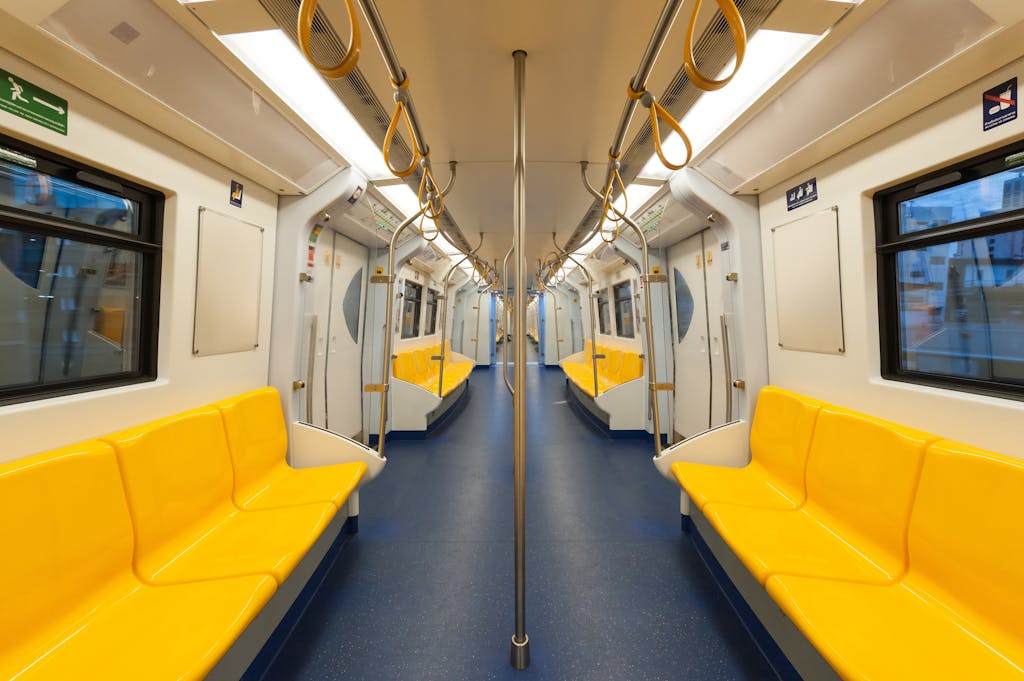
Taking the Train: Comfortable & Scenic
If you’re not in a rush and want to soak in the views, traveling by train in Saudi Arabia is a solid option. The rail network is growing fast, with modern stations, clean trains, and comfortable seating.
I took a train from Riyadh to Dammam, and to be honest—it was smooth, peaceful, and surprisingly affordable. Plus, it’s an easy break from flights and long car rides.
Riyadh to Dammam Route
This route is operated by the Saudi Railways Organization (SRO) and runs several times a day. It takes around 3.5 to 4 hours, cutting through vast desert landscapes with occasional villages and date farms along the way.
The train has both economy and business classes, air-conditioning (blessing!), power outlets, and even a snack bar.
Tip: Book your ticket in advance during weekends—it’s popular with locals traveling for work or family visits.
Haramain High-Speed Train (Makkah to Madinah)
This is Saudi Arabia’s pride, it’s one of the fastest trains in the Middle East, connecting the holy cities of Makkah, Madinah, Jeddah, and King Abdullah Economic City.
It reaches speeds up to 300 km/h and the ride is insanely smooth. I took it during the afternoon, and the golden hour light over the desert made it one of my favorite travel memories.
Tickets are easy to book online on official website and prices are reasonable, especially if you book early.
How to Buy Train Tickets?
You can purchase tickets:
- Online via the Haramain or SRO websites
- In person at train stations
- Through travel apps like Almosafer
Just bring your passport (or iqama) for ID, and show up at least 30 minutes early. Security checks are similar to airports, but much faster.
Metro Systems: Modern & Expanding
Saudi Arabia is building up its public transport game fast, and the metro is at the heart of it. While not every city has a working metro yet, the ones that do—especially Riyadh—are making public transport a lot more accessible for both locals and tourists.
If you’re staying in the city for a few days, metro travel is one of the easiest and most affordable ways of getting around Saudi Arabia without worrying about traffic or parking.
Riyadh Metro (What to Expect)
The Riyadh Metro is the most ambitious public transport project in the Kingdom. It has 6 lines, connects most major areas of the city, and looks super sleek. The trains are air-conditioned, driverless, and clean, with separate cabins for families and solo riders.
As of now (2025), the metro is partially open and continues to expand. It’s great for commuting between malls, hotels, business centers, and cultural sites. Plus, it’s super budget-friendly—ideal if you’re exploring on a tight schedule.
Tip: Keep a prepaid travel card or use contactless payment if available.
Other Cities with Metro Projects
- Jeddah Metro: Still under construction, but once complete, it will be a major boost for the city’s busy streets and tourism scene.
- Makkah Metro: Primarily used during the Hajj season to transport pilgrims between holy sites.
- Dammam and Madinah: Future metro lines are planned but not active yet.
If you’re visiting soon, Riyadh is currently the only city where the metro can truly help you get around easily without a car.
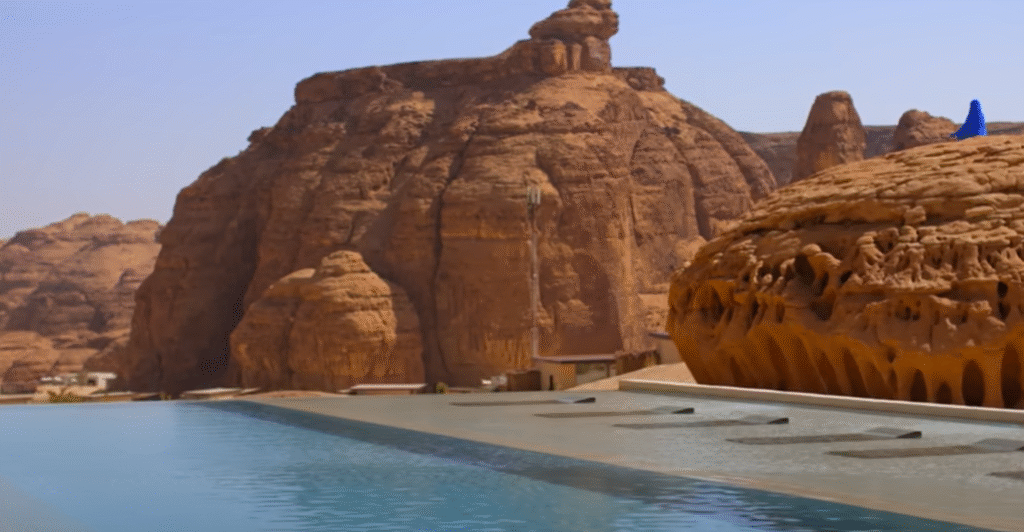
Taxis, Uber & Local Apps
If you’re not driving yourself, taxis and ride-hailing apps are the easiest way to get around most Saudi cities. You’ll find them everywhere—from airport terminals to shopping malls and hotel fronts.
The best part? You don’t need to speak Arabic or haggle over prices. Just open an app, book your ride, and go.
Is Uber Available in Saudi Arabia?
Yes! Uber operates in all major cities in Saudi Arabia, including Riyadh, Jeddah, Dammam, and Madinah. The experience is just like anywhere else—choose your car, track your driver, and pay through the app.
During my trip, I used Uber almost daily in Riyadh. The cars were clean, air-conditioned, and the drivers were friendly—even if we didn’t always speak the same language.
Best Local Apps (Careem, Jeeny)
Besides Uber, there are local ride-hailing apps that sometimes offer better prices or faster service:
- Careem: Owned by Uber now, but still operates as a separate app. It’s reliable, and sometimes has more car options.
- Jeeny: A budget-friendly option, especially popular in Jeddah and smaller cities.
- Kaiian: Another local option, mostly used in secondary cities.
Tip: Download both Uber and Careem to compare prices. Sometimes one is cheaper or has less wait time depending on the area and time of day.
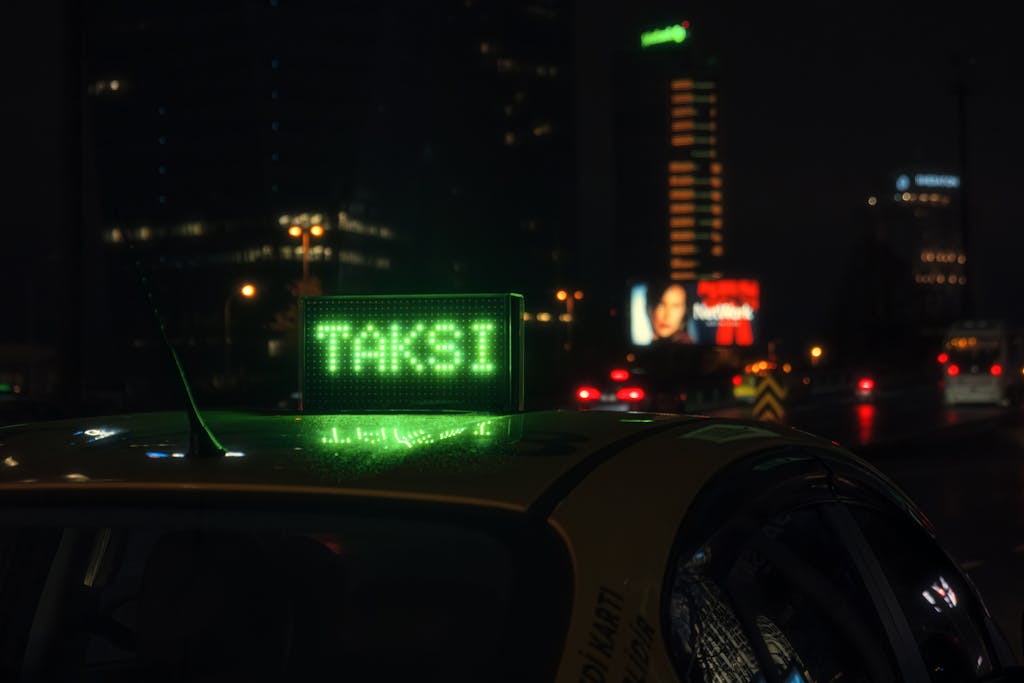
Tips for Using Taxis and Ride-hailing
- Avoid flagging random street taxis, especially in unfamiliar areas—they often don’t use meters and may overcharge tourists.
- Always check that the car plate matches the app when using Uber or Careem.
- You can pay by cash or card in most apps, but I recommend adding your card to keep it contactless and smooth.
- Most drivers don’t speak English fluently—use the app’s chat feature or Google Translate if needed.
Ride-hailing apps are a lifesaver when getting around Saudi Arabia, especially if you want to avoid driving or figuring out public transport in a new city.
Intercity Buses: Budget-Friendly But Slower
If you’re traveling on a budget or just prefer ground travel, intercity buses in Saudi Arabia are a solid option. They might not be the fastest way of getting around Saudi Arabia, but they’re clean, safe, and surprisingly well-organized.
The largest operator is SAPTCO (Saudi Public Transport Company). You’ll see their buses connecting almost every major city and even smaller towns.
SAPTCO Buses – What They’re Like
SAPTCO offers both regular and VIP services. The standard buses are clean and air-conditioned, but VIP buses give you extra legroom, reclining seats, and fewer stops along the way.
Here’s what I noticed:
- Seats are comfy and reserved
- Buses depart on time (mostly!)
- Rest stops are scheduled
- There’s space for luggage underneath
When to Use the Bus Over Flying?
While flights are faster, there are times when the bus makes more sense:
- If you’re traveling shorter distances, like Riyadh to Buraydah
- If your flight options are limited or expensive
- If you want to see more of the countryside and take a slow route
- If you’re heading to towns not covered by domestic airlines
It’s also a nice way to experience local travel alongside Saudi families, students, and other regional travelers.
Just keep in mind—bus travel in the summer can be tiring due to long distances and extreme heat, so bring snacks, water, and a neck pillow.

Walking, Biking & Local Transport in Cities
Saudi Arabia isn’t the most walkable country overall, but certain neighborhoods and historical areas are perfect for exploring on foot. You just need to know where it works and where it doesn’t.
When I visited Jeddah’s Al-Balad or Riyadh’s Diriyah, I could walk comfortably for hours, soaking in the architecture, smells of incense, and sounds of prayer echoing through the streets. But outside of those places? It was mostly roads and parking lots—not pedestrian-friendly.
Is Saudi Arabia Walkable?
In short: partially.
- Old towns like Al-Balad (Jeddah), Al-Diriyah (Riyadh), and parts of Madinah are best enjoyed on foot
- Downtown areas in Riyadh and Jeddah have limited walkability but are improving
- In summer, extreme heat makes walking almost impossible during the day
Always wear a hat, stay hydrated, and plan your walks for early morning or late evening.
Exploring by Foot in Historic Areas
Some cities have been restoring heritage sites to attract tourists, and these spots are perfect for walking tours. Places like:
- Al-Balad (Jeddah’s historic heart)
- Turaif District in Diriyah
- Madinah’s walking zones near the Prophet’s Mosque
- AlUla’s Old Town
These places often have walking trails, signboards in English and Arabic, and guided tour options if you want deeper insight.
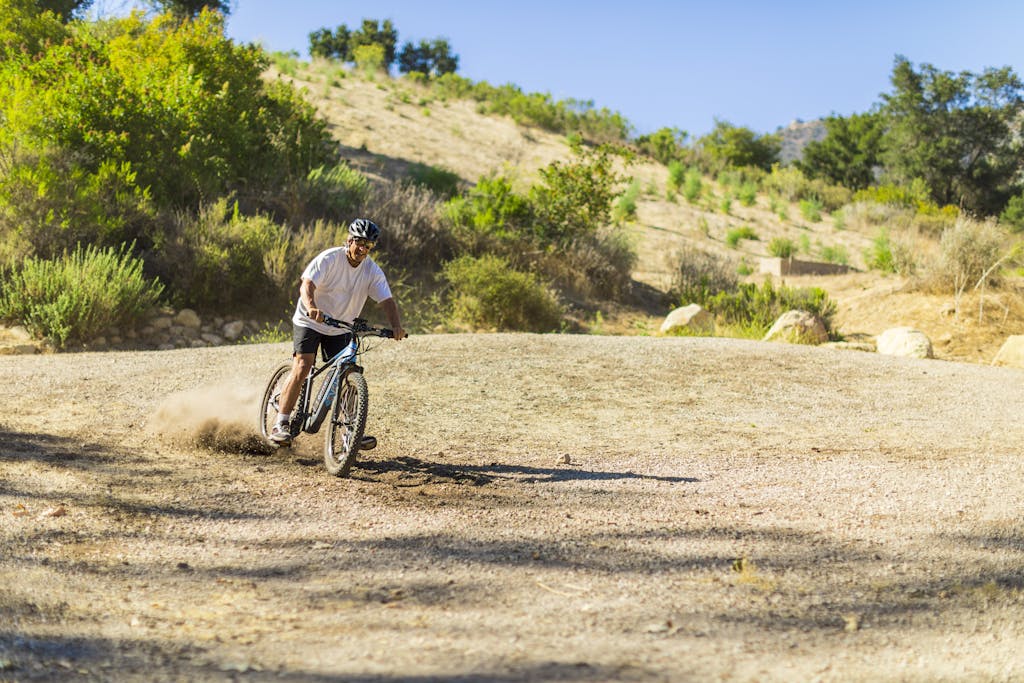
E-scooters, Bikes & Last-Mile Options
Some newer city areas, especially in Riyadh and Al-Khobar, offer shared e-scooters and bikes, especially near malls, parks, and hotels. You’ll see rental stations or QR codes you can scan with your phone.
A few apps to look for:
- Sela (Riyadh)
- Neuron Mobility
- Lime (in some trial areas)
It’s not widespread yet, but it’s growing fast as cities modernize.
Choosing the Best Way to Travel
Getting around Saudi Arabia isn’t just about moving from one place to another—it’s part of the experience. Whether you’re cruising across the desert by car, zipping between cities on a high-speed train, or hopping in an Uber after sunset, every ride adds a new layer to your journey.
If you’re short on time, domestic flights are your best friend. If you want full control of your trip, renting a car lets you explore the hidden corners of the country. If you love slow travel, take the train or hop on a SAPTCO bus and watch the desert roll by.
For city travel, ride-hailing apps like Uber and Careem are quick and reliable, and metros in Riyadh are making it even easier to get around. And don’t forget: walking through the old towns is a must if you want to truly feel the soul of a place.
Wherever you’re headed in Saudi Arabia, know this—the journey is part of the adventure, and there’s no one right way to do it. Just go with curiosity, patience, and a little local insight, and you’ll be just fine.







